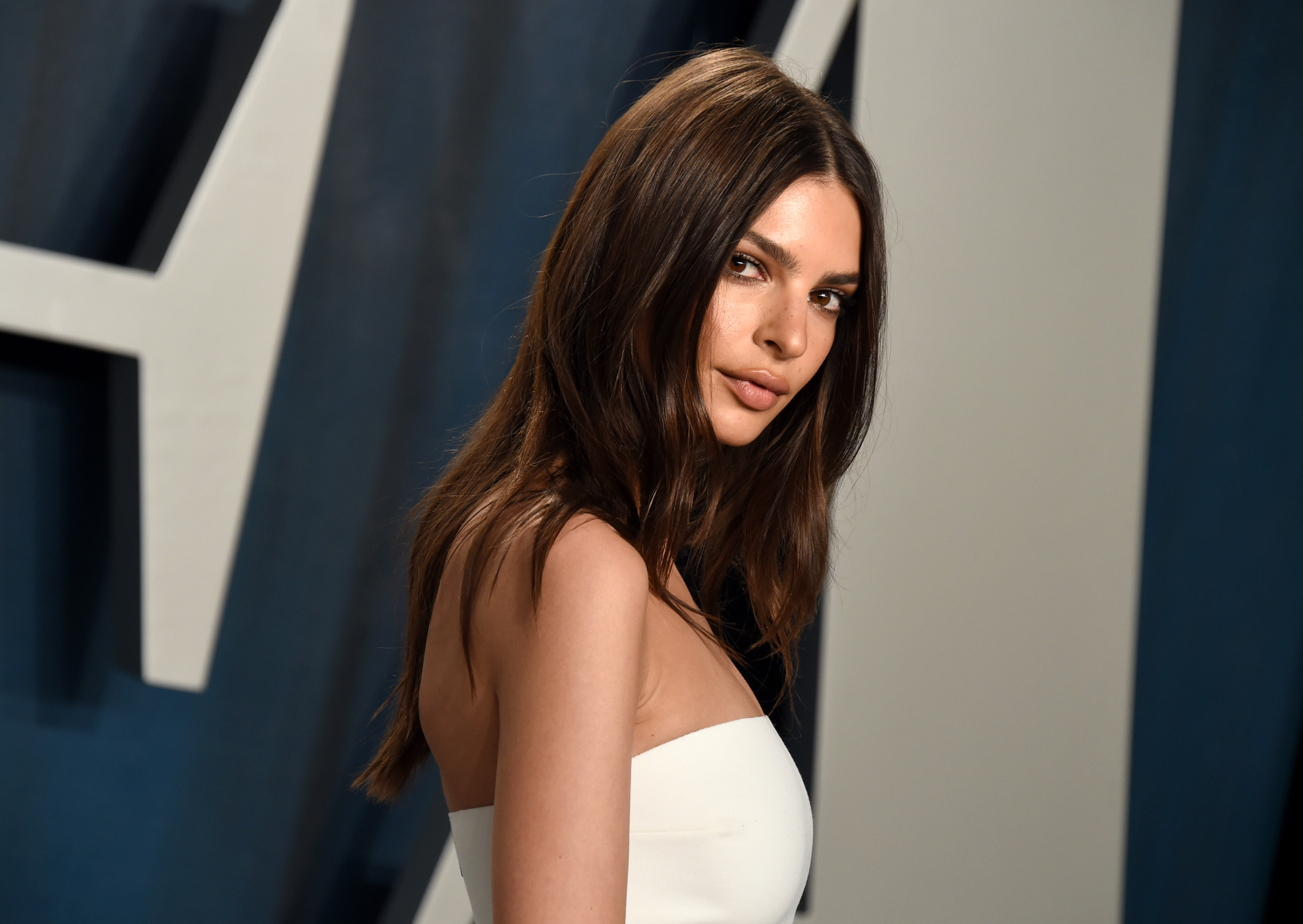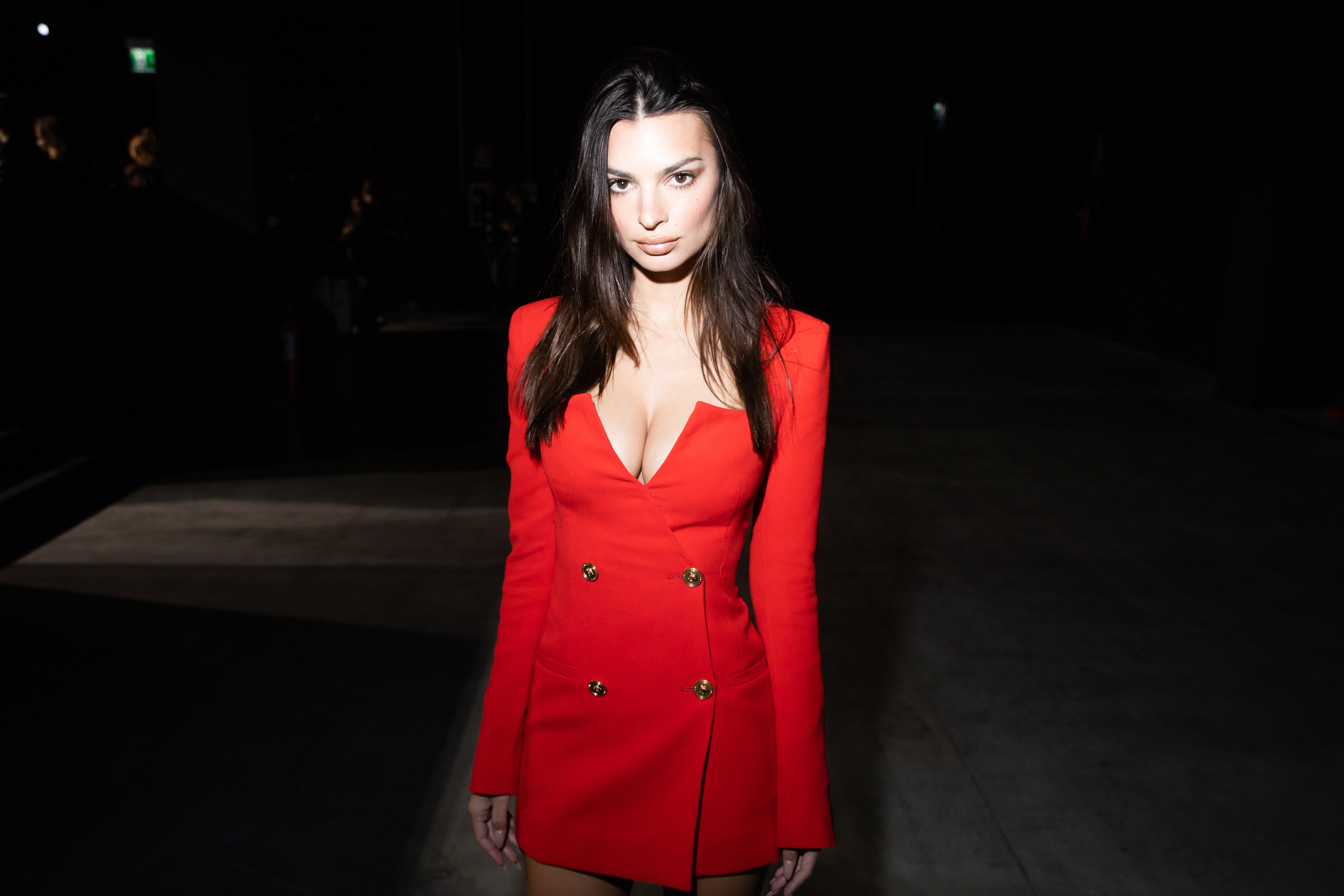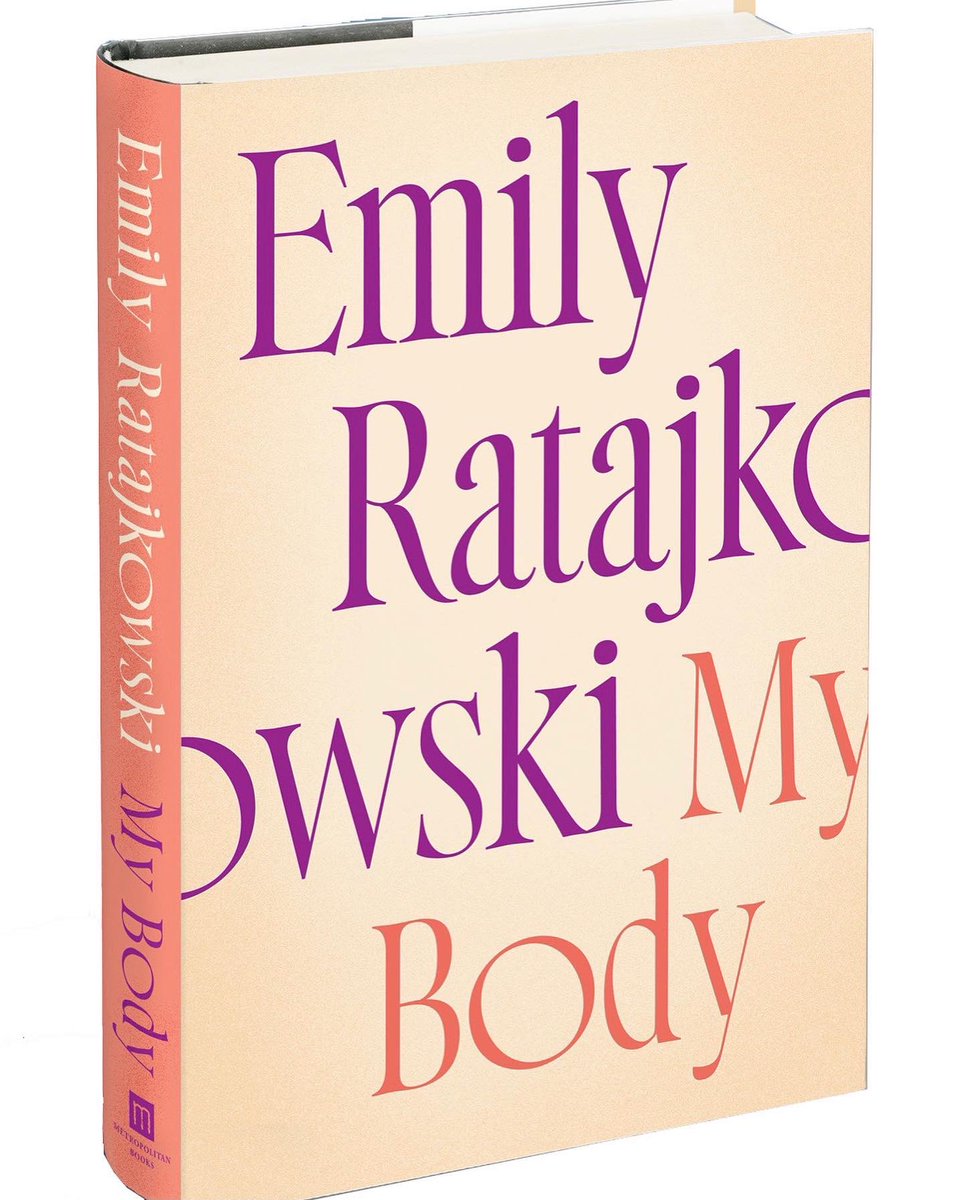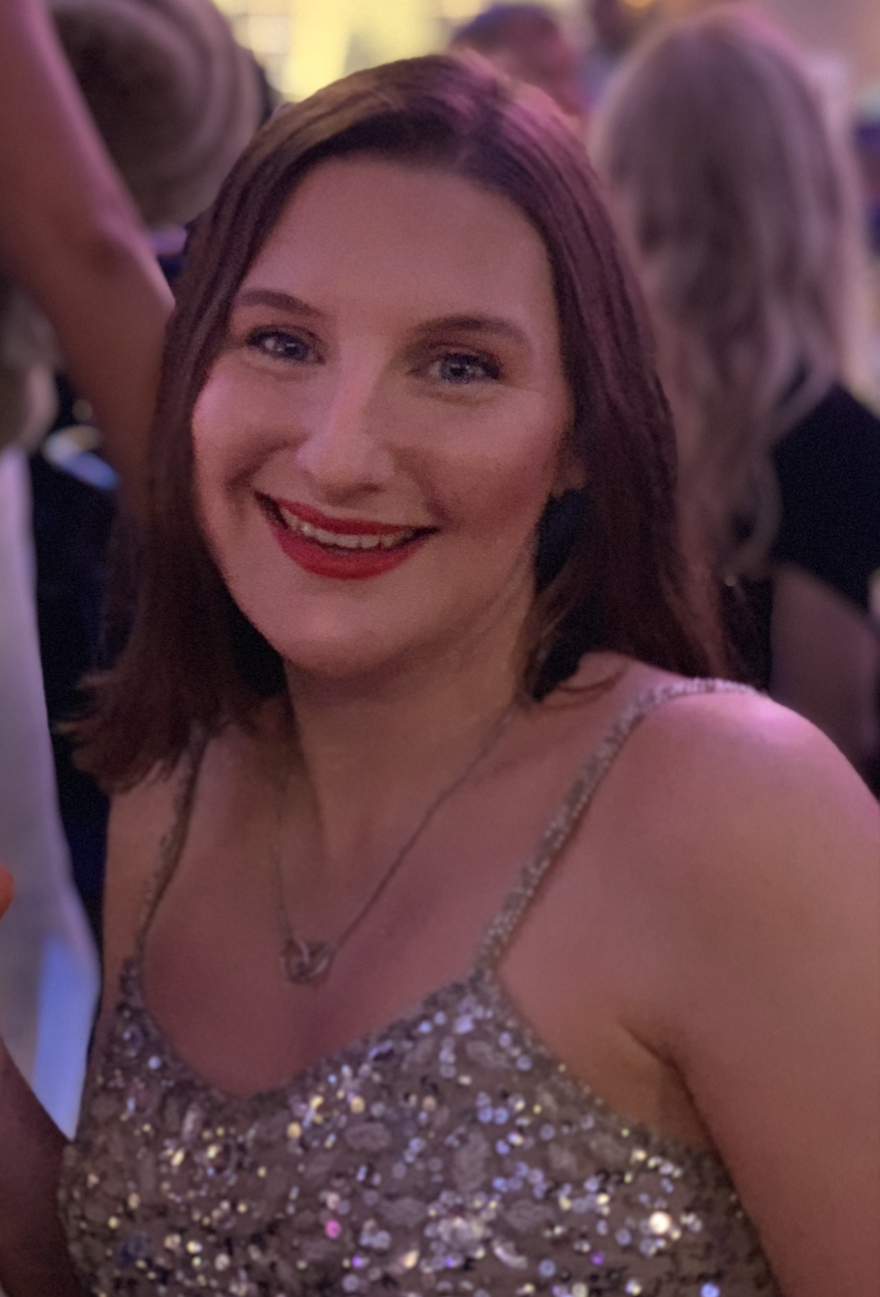Emily Ratajkowski has made a living out of being seen - now she wants to be heard
For years, Emily Ratajkowski has shared her image with the world. Now she’s ready to share her thoughts.


For years, Emily Ratajkowski has shared her image with the world. Now she’s ready to share her thoughts.
Since being propelled to overnight fame after starring in the controversial music video for Robin Thicke and Pharrell Williams’ 2013 hit Blurred Lines, Emily Ratajkowski has become very used to her image being discerned in the public domain. By her own admission, the 30-year-old model has been “undeniably rewarded” by capitalising on her own sexuality. But being regarded as a modern-day sex symbol comes with great complexity - and now it’s time for her to explore it.
My Body, Emily Ratajkowski’s debut book, is a collection of 12 essays. The cover is simple; a muted baby pink backdrop hosting just the author’s name and the title of her work. Notably, her picture is nowhere to be seen. “Writing can give you the ability to be as clear and direct as you want to be. That was so important to me as somebody who hasn't set myself up to have a voice,” Emily tells me over Zoom, just a few days after I finish reading the book.
It’s October when we speak, with a month still to go before My Body is due to be released (it’s now available to buy), and Emily is nervous. “Super nervous,” actually. “To be totally honest with you, I have no idea how it's going to be received. I don't know what it's going to mean for me overall,” she says, candidly.
Each of the essays started out as a question Emily had, or an experience she “couldn't help but return to.” Many address topics she has “felt confusion and sometimes even shame around.” A lot of it is highly personal: experiences of sexual assault; intimate family dynamics; the unconsented commodification of her body; her transition into motherhood. It’s no surprise, then, that she found the collection “cathartic to write.”
But with that comes innate risk. “I'm so vulnerable in this book and I'm putting out so [many] personal stories that can be turned into quick headlines,” Emily shares, divulging her fear that people may make assumptions based on such headlines, without actually reading the essays. “‘What have I done?’ is honestly how I feel right now.”
Emily Ratajkowski began modelling aged 14. For years, she was told she was a “swim girl” - a body that deserved to be shown off, but not destined for the pages of high fashion magazines or couture catwalks. She always knew she was beautiful, though. Her mother made sure of that. In one essay, Beauty Lessons, Emily documents everything she was taught growing up - both subtly and more explicitly so - about the importance of beauty, and the value that it can bring.
Celebrity news, beauty, fashion advice, and fascinating features, delivered straight to your inbox!

Emily’s parents aren’t the only ones to have brought the concept of beauty into their child’s life from an impossibly young age. It’s meant well, of course - many parents probably don’t even realise they’re doing it. But the impact of such reinforcements - that there’s opportunity to be gained from fitting into society’s rigid beauty standards - can be damaging. And it can be lasting.
This year, Emily Ratajkowski and her husband, film producer Sebastian Bear-McClard, welcomed their first child - a son named Sylvester, or ‘Sly’. “I look at my son and tell him he's beautiful at least once a day,” Emily shares. “Because it's what I'm looking at… I gave birth to him, and he's growing and he's so beautiful.” For Emily, this kind of outpouring is almost automatic, but “what kind of messages am I sending to my son?” she contemplates.
“You know, I think really loving parents teach their daughters that the better you can present yourself, the more likely you are to succeed, because there's truth to it in a lot of ways,” she reflects. “That's the reality of the world we live in, and it's brutal. Women have a much harder time because we're taught that the way that we look is currency.”

If Emily goes on to have a daughter one day (“which I hope I do,” she shares) she’s already thought about how she’ll teach her to understand her own beauty. “It'll be about understanding that the reason people say to you, ‘you're so beautiful' and it's meant to be a compliment, is because they think of it as a way for you to be powerful,” explains Emily. “But it's not the only way that you can be powerful, there are so many other ways. [We’ll] focus on those,” she adds.
A daughter might figure in her future, but her reality is mothering a son. And that, the author confesses, is “an overwhelming challenge” in itself. How do you raise a man in a world where men are given so much power, including to dictate who and what is beautiful? “My hope is that I will just always have very open conversations with him about power dynamics, and where he is in those dynamics,” Emily responds honestly.
“It's hard, because you want your child to feel the most confident, and the best about themselves, and I want that for him. But also he's… you know, a white boy. So it’s understanding that there are things that he's not even aware of that have been granted to him in life. I want him to come built in with that awareness of the world and of his place in it.”
In the introduction to My Body, Emily Ratajkowski sets out the evolution of her own body politics. As a young woman, she was insistent that there was no shame in “[building] a life and a career off my body.” It was liberating to make money that way. “I argued that I felt confident in my body and my nakedness, and who was anyone to tell me that I wasn’t empowered by dancing around naked?” she writes in the book.
But as the years, and her experience in the world, went on, Emily began to question this belief. “What I wrote and preached then reflected what I believed at the time, but it missed a much more complicated picture,” she continues in the opening chapter. “I’ve capitalised on my body within the confines of a cis-hetero, capitalist, patriarchal world, one in which beauty and sex appeal are valued solely through the satisfaction of the male gaze.” Is that true empowerment, she questions, when it’s still men who get to dictate who’s beautiful enough, who’s sexy enough to make a comfortable living in this way?
I ask where she stands now on this inner debate. I expect her to come down firmly on one side, but she doesn’t - and I learn a valuable lesson in what she says. “I don't have answers,” Emily replies. “Most of the questions that I'm investigating... I think it's really just about starting conversations.”
My Body isn’t meant to be a book of conclusions. It’s a book of questions - thoughtful questions that we could all, male and female alike, benefit from addressing. And that’s the power of it. It’s okay not to have all the answers, but that doesn’t mean we should shy away from the questions.
“I want people to start having more open conversations about these ideas around power and image and body,” says Emily. “With women that you're close to, you have this understanding of the female experience. The vulnerability, and the rejection, and the highs and the lows. I think that our culture in general doesn't really like to acknowledge the female experience as a reality. I want that to change.”

My Body by Emiliy Ratajkowski is out now.
Cat is a Senior Editor at Marie Claire, covering news and features across the brand's key purpose pillars, including women's issues, politics, career, mental health, female empowerment and equality, as well as books.
